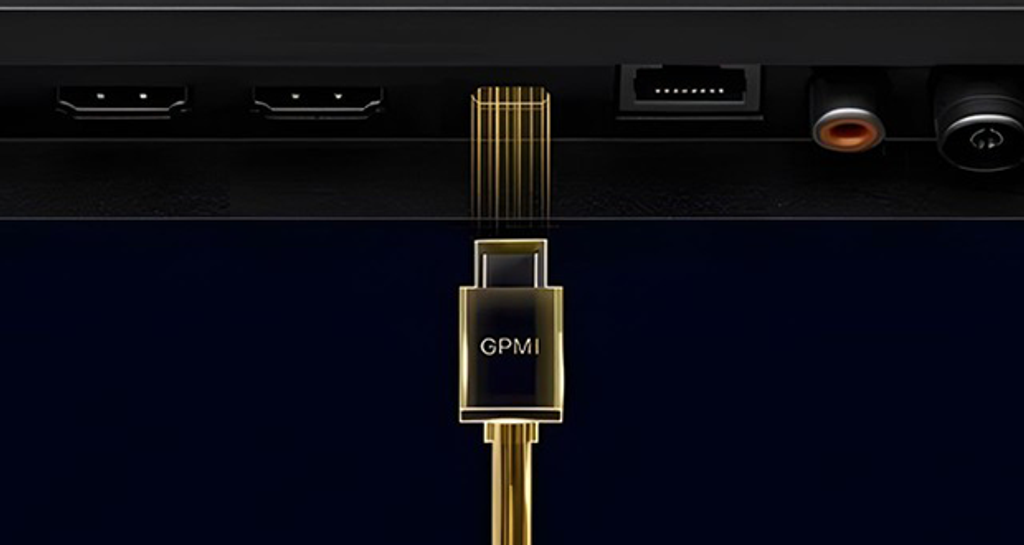In 2025, the race for superior TV display technology has entered a new phase, with Samsung taking the lead by unveiling its revolutionary RGB backlighting system, setting a new benchmark for picture quality, brightness, and color accuracy. This innovation decisively places Samsung ahead of Sony, a long-time rival in premium television tech.
Samsung’s advancement in RGB backlighting technology promises not just incremental improvements, but a paradigm shift in how consumers experience content. With stunning color reproduction, deeper blacks, and improved energy efficiency, the 2025 TV lineup signals a future-forward direction in the home entertainment landscape.
What Is RGB Backlighting and Why It Matters
Traditional LED TVs often rely on white LED backlights combined with color filters to generate images. While this setup is effective, it limits the range and precision of color output. RGB backlighting, by contrast, uses independent red, green, and blue LEDs as the light source behind the screen.
This separation allows for:
-
Full-spectrum color accuracy
-
Improved contrast and brightness
-
Wider color gamut, matching and even exceeding cinema standards
-
Reduced halo effects in high-contrast scenes
Samsung’s RGB solution is not just a technical tweak—it delivers lifelike visuals that make OLED and QLED displays appear outdated in some use cases.
Samsung’s 2025 RGB Backlighting TVs: Features and Performance
Samsung’s upcoming flagship models will feature:
-
Triple LED architecture for precise lighting control
-
AI-enhanced local dimming zones that adjust dynamically per frame
-
8K resolution support with HDR10+ and Dolby Vision
-
120Hz–240Hz refresh rates for ultra-smooth motion
-
Next-gen Tizen OS with improved smart features and cross-device support
What stands out is the rich vibrancy of colors and the consistency in dark scenes, something that traditional LED and even OLED panels struggle to balance simultaneously.
How Samsung Beat Sony to the RGB Backlighting Punch
Sony, known for its Master Series Bravia lineup, has long leveraged OLED and mini-LED technologies to deliver premium visuals. While Sony is working on its own RGB backlight system, Samsung has outpaced them by being the first to mass-produce and commercialize the innovation at scale in 2025.
Samsung’s strength lies in:
-
Vertically integrated supply chains, allowing faster R&D to production
-
Investment in semiconductor and quantum dot tech, which accelerates display improvements
-
Aggressive patent filings and partnerships with Korean and international labs
While Sony focuses heavily on content-processing algorithms like the Cognitive Processor XR, Samsung has taken a more hardware-first approach, pushing the limits of screen technology itself.
The Consumer Impact: What This Means for Buyers
For consumers, Samsung's RGB backlighting TVs bring cinema-quality viewing into the living room. Key benefits include: https://www.choose.tv/us/news/samsung-faster-than-sony-a-tv-with-rgb-backlighting-this-year_ALH
-
More accurate skin tones and natural environments in movies and shows
-
Better performance in daylight and brightly lit rooms
-
Enhanced gaming visuals, with reduced input lag and vivid HDR effects
-
Greater screen longevity, due to lower thermal degradation than OLED
This technology is expected to appear in Samsung’s Neo QLED Ultra and Micro LED Fusion series, targeting both premium households and professional environments like content studios and esports arenas.
Comparison: Samsung vs. Sony in 2025 TV Tech
| Feature | Samsung RGB Backlight (2025) | Sony OLED / Mini LED (2025) |
|---|---|---|
| Color Reproduction | Full RGB LED source – ultra accurate | Dependent on OLED pixel structure |
| Brightness | Higher with better control | Good, but prone to burn-in at high levels |
| Longevity | Excellent – low degradation | OLED risk of burn-in over time |
| Gaming Performance | HDMI 2.1, VRR, 240Hz refresh | VRR, 120Hz, strong but slightly behind |
| AI Processing | Neural Quantum Processor 3.0 | Cognitive XR Processor |
| Pricing | Premium but scalable | Ultra-premium in flagship models |
When and Where Will These TVs Be Available?
Samsung’s RGB backlighting TVs are set to launch globally in Q3 2025, with early availability in South Korea, the U.S., and select European markets. Pre-orders will open as early as July 2025, with pricing ranging from:
-
$2,199 for 55-inch 4K RGB model
-
$3,799 for 65-inch 8K RGB TV
-
$6,499 and up for 75-inch+ Micro LED RGB Fusion screens
Retailers are expected to bundle these TVs with exclusive content subscriptions, gaming console offers, and premium soundbar deals.
Is RGB Backlighting the Future of TV Displays?
Samsung’s lead in RGB backlight development reflects a shift away from traditional panel wars (OLED vs QLED) and toward backlight architecture innovation. This move indicates that future display excellence will come not just from pixels, but from how those pixels are illuminated.
With other brands like TCL, Hisense, and even LG rumored to follow Samsung’s path, RGB backlighting could become the new gold standard in high-end televisions, ultimately filtering down to mainstream models by 2027.
Final Thoughts
Samsung’s RGB backlighting technology in 2025 is more than a leap in picture quality—it’s a strategic step toward long-term display leadership. By beating Sony to the RGB frontier, Samsung has not only pushed the boundaries of visual fidelity but also set the tone for the next era in television innovation.
Whether you're a movie enthusiast, a gamer, or just someone seeking the best in home entertainment, Samsung’s 2025 TV lineup is worth serious consideration.
